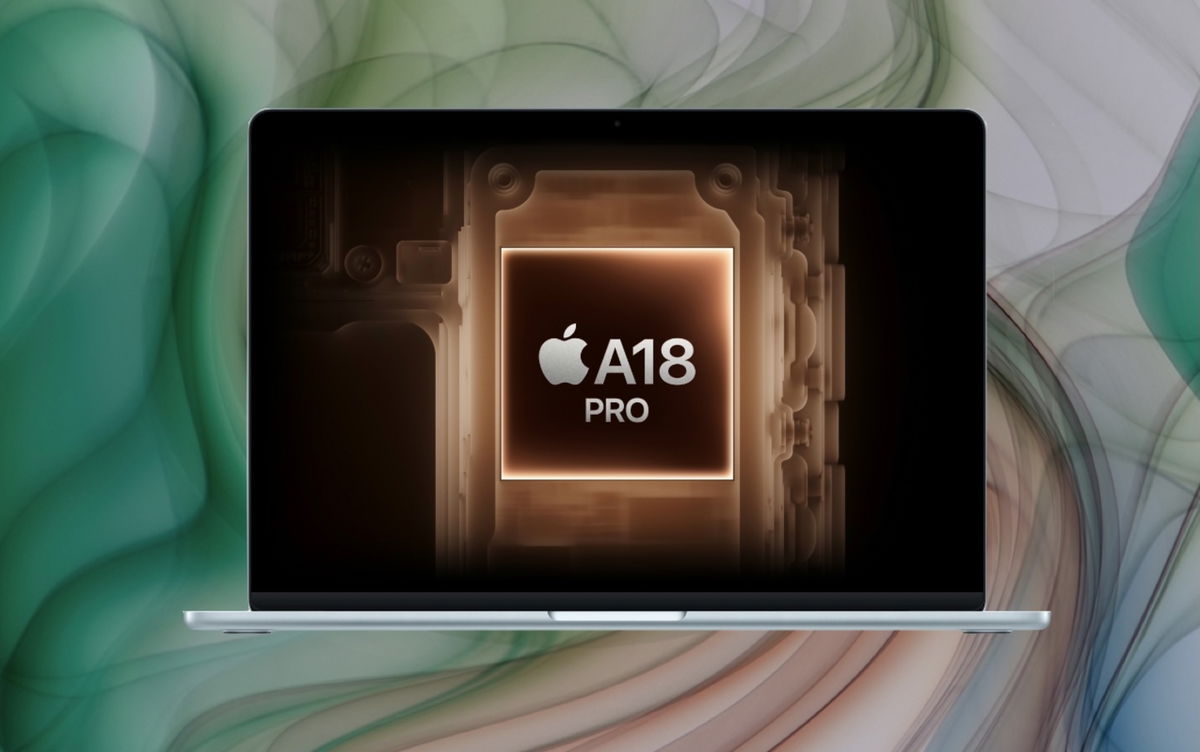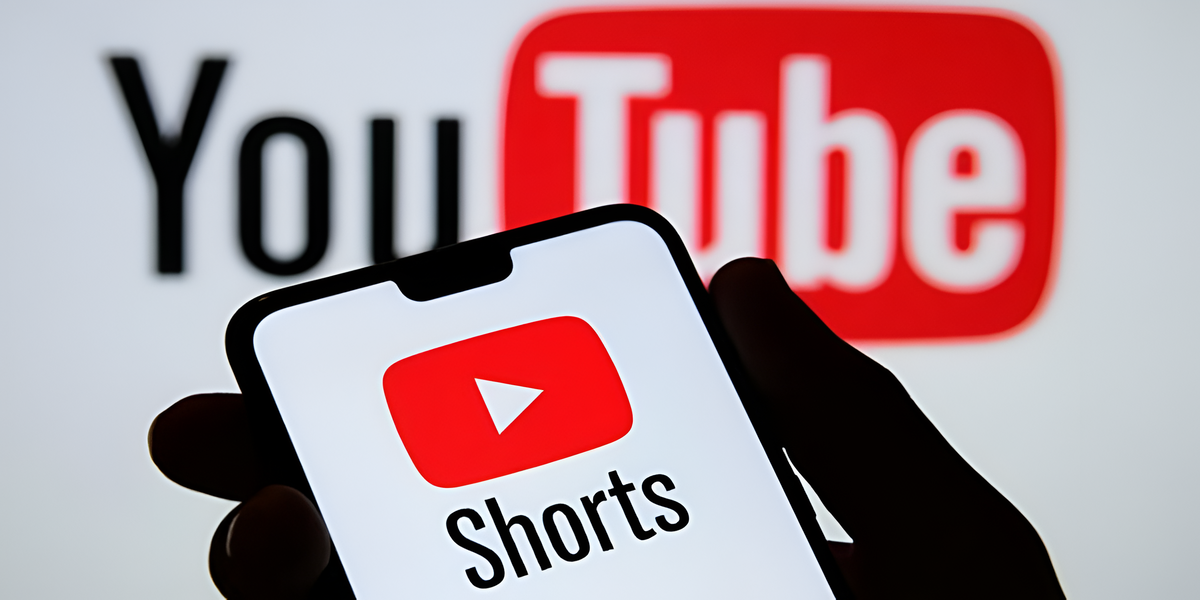The European Union has expressed growing concern about the spread of misinformation on social media, and a recent European Commission report says Twitter, now known as X, is at the center of this concern.
According to the September 2023 semi-annual report on ‘Code of Practice Recommendations on Disinformation’, Major social networks including Facebook, Instagram, LinkedIn, TikTok, Twitter (X) and YouTube have been extensively examined, It focuses on three countries: Poland, Slovakia and Spain.
Specifically, 6,155 unique posts and 4,460 unique accounts from Facebook, Instagram, LinkedIn, TikTok, Twitter (now part of the users) and actors spreading this disinformation.
(You might be interested: TikTok starts testing external links to Google Search in its app).
In Poland and Slovakia, Facebook is ahead in terms of popularity, followed by YouTube and Instagram. The most popular platform in Spain was YouTube, followed by Facebook and Instagram.
But the most worrying thing is that although Twitter ranks fourth in popularity, The site with the highest detectability rate of posts containing false information was 0.428%, surpassing even Facebook’s 0.313%.
(You may be interested in: Tutorial: This is how you can set a password for WhatsApp Web and have it blocked automatically).
When it came to relative engagement, Twitter again led with nearly 2,000 times the average engagement for misinformation-free content, especially in Spain, where the relative engagement rate is staggering.
(Read more: New: Spotify will use AI to transcribe podcasts into Spanish).
But relative commitment“does not reflect the volume of commitments in absolute terms”, reviewed based on average absolute engagement per post. So the relative engagement rate determined on Twitter (1.977) comes from an average good engagement of 183.0 (without disinformation) versus an average bad engagement of 361.7 (with misinformation).
This phenomenon is also reflected in the measurement of the most popular disinformation posts across all platforms.
The report also notes that “there was an uneven distribution of participation across publications.” especially among disinformation posts. “The five most popular disinformation posts accounted for one-third to two-thirds of the total engagement of all posts collected with disinformation.”
(Follow here: Warehouse offers iPhone 14 and other Apple handsets at incredible discounts).
Thus, relevant The five most popular misinformation posts receive 63.6% of total engagement on Instagram, LinkedIn 57.6%, YouTube 54.8%, Facebook 40.7%, TikTok 39.3% and Twitter 31.5%. Expanding to the 20 most popular posts, LinkedIn has 97.3%, Instagram has 90.4%, YouTube has 85.9%, Facebook has 77.3%, TikTok has 72.3%, and Twitter has 59.7%. It reaches .
Based on the above, they determined that Twitter and Facebook were the social networks with the highest discovery rate, but showed a moderate level of engagement, the result of a high ratio between misinformation content and relative engagement with it, and a more moderate absolute result. loyalty.
(Our advice: Sony would be the victim of a cyberattack: They are investigating the theft of 6,000 files).
Finally, the report on actors spreading disinformation states that Twitter and Facebook have the highest rates with 8.7 percent and 7.89 percent, respectively. YouTube shows the lowest rate with 0.8 percent.
In summary, The report concludes that platforms with a higher ability to detect disinformation also have higher rates of actors distributing it.
(Follow here: Mark Zuckerberg’s vision of the metaverse in trouble: ‘It doesn’t match reality’).
In this context, Vera Jourova, Vice-President of the European Commission for the Rule of Law, stated that Twitter (X) is no longer part of the Code of Practice Recommendations on Disinformation following its acquisition by Elon Musk. print.
*This content was rewritten with the help of artificial intelligence, based on information published by Europa Press, and reviewed by the journalist and editor.
Source: Exame













